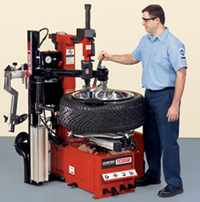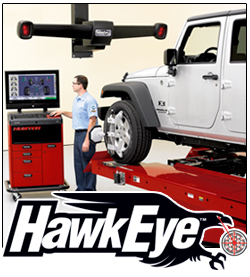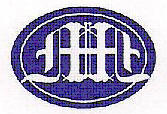|
|
|
How to Improve Your Carís Gas Mileage
Driving Habits
-
Keep your car clean. Mud on the undercarriage can weigh a significant
amount and slow you down.
-
Consolidate your daily trips and errands. This will also save you the
cost of restarting your engine, which uses a lot of gas.
-
Avoid air conditioning when possible. However, when driving at higher
speeds, having your windows open also creates drag.
-
Donít throttle the gas or brake! Sudden starts or stops use more gas
than gradual changes of speed.
-
Donít idle for too long. Turn off the engine if you anticipate a lengthy
wait.
-
Limit car warm-ups in winter.
-
Clear out the trunk. More weight, more drag.
-
Avoid high speeds. We know this is almost impossible to resist but you
can improve your gas mileage about 15 percent by driving at 55 mph
rather than 65 mph.
-
Use overdrive. If your car is equipped with overdrive gearing use it as
soon as your speed is high enough.
-
Use cruise control. Keeping a constant speed is ideal for improving your
gas mileage.
Servicing Your Vehicle
-
Improve the spark to your engine. This way, the air and fuel mixture
will be burnt better.
-
Improve your intake/output system. Helping gas get in and exhaust out of
your vehicle will improve overall performance and gas mileage.
-
Reduce friction. Use high-quality or synthetic motor oil.
-
Check your oil! Low oil makes your engine work harder.
-
Change your filters. Dirty filters can sometimes increase the amount of
fuel your vehicle is using by 10 percent.
-
Keep tires properly inflated and aligned. Check regularly to ensure your
wheels are fully inflated and your alignment is good.
-
Get regular engine tune-ups and car maintenance checks. A lot can go
wrong with a car. Damaged spark plugs or transmission problems can also
contribute to poor gas mileage.
Tire Safety
-
Tire Pressure
Underinflation is a tire's #1 Enemy. It results in unnecessary tire
stress, irregular wear, loss of control and accidents. A tire can lose
up to half of its air pressure and not appear to be flat!
-
Alignment
Is your vehicle pulling to one side, or shaking? A bad jolt from hitting
a curb or pothole can throw your front end out of alignment and damage
your tires. Have a tire dealer check the alignment periodically to
ensure that your car is properly aligned.
-
Rotation
Promotes uniform tire wear. Regularly rotating your vehicle's tires will
help you achieve more uniform wear. Unless your vehicle owner's manual
has a specific recommendation, the guideline for tire rotation is
approximately every 6,000 miles.
-
Tread
Measure it -- and inspect it. Advanced and unusual wear can reduce the
ability of tread to grip the road in adverse conditions. Visually check
your tires for uneven wear, looking for high and low areas or unusually
smooth areas. Also check for signs of damage.

|
|
  |





